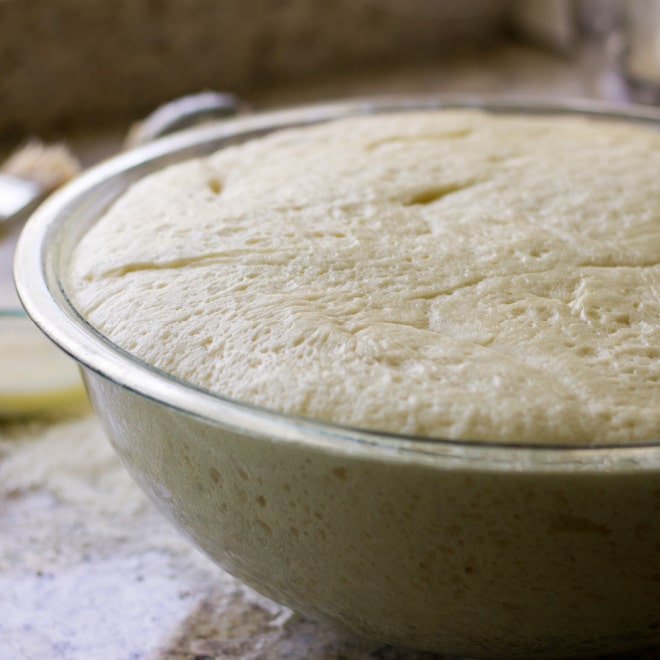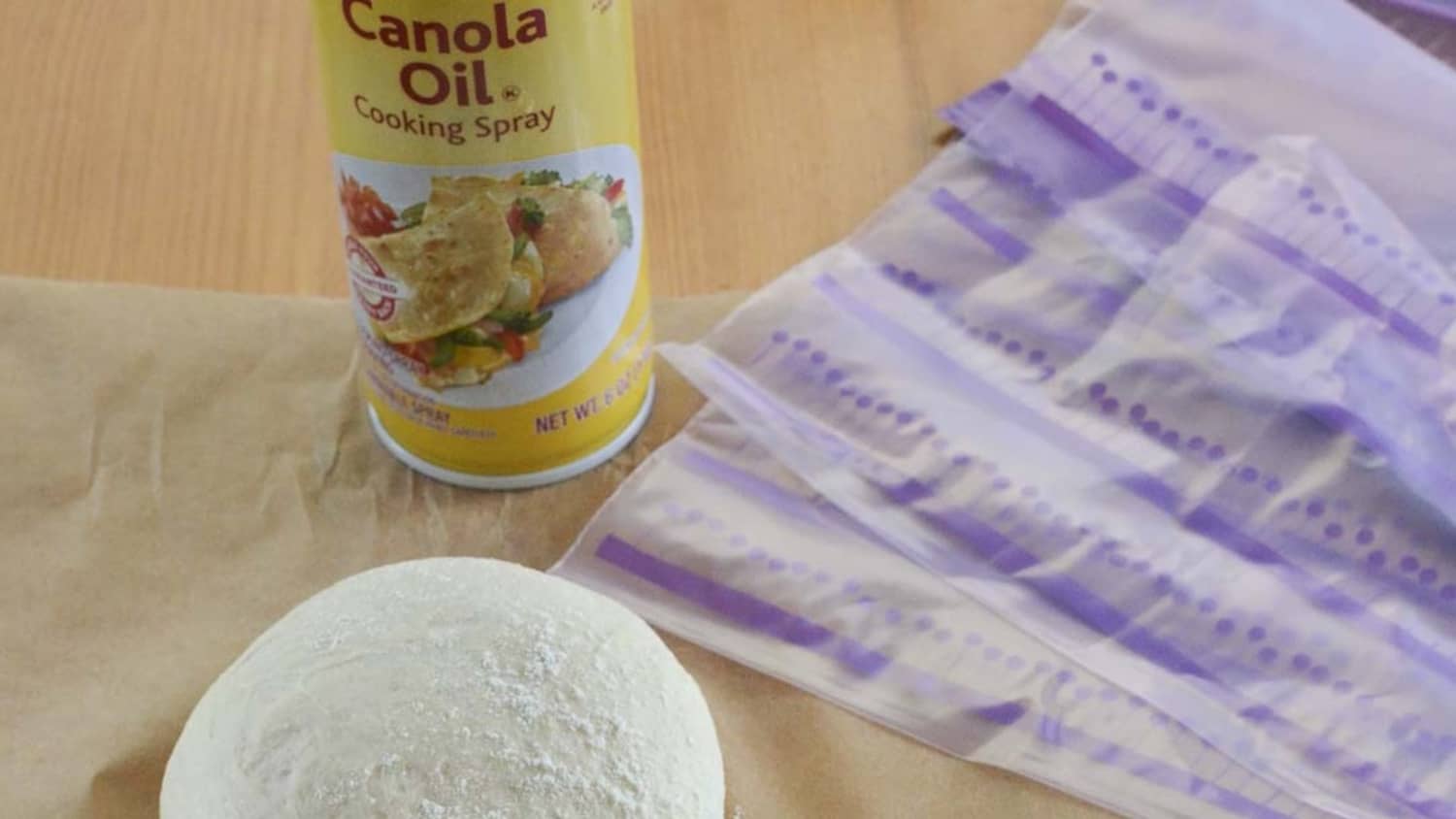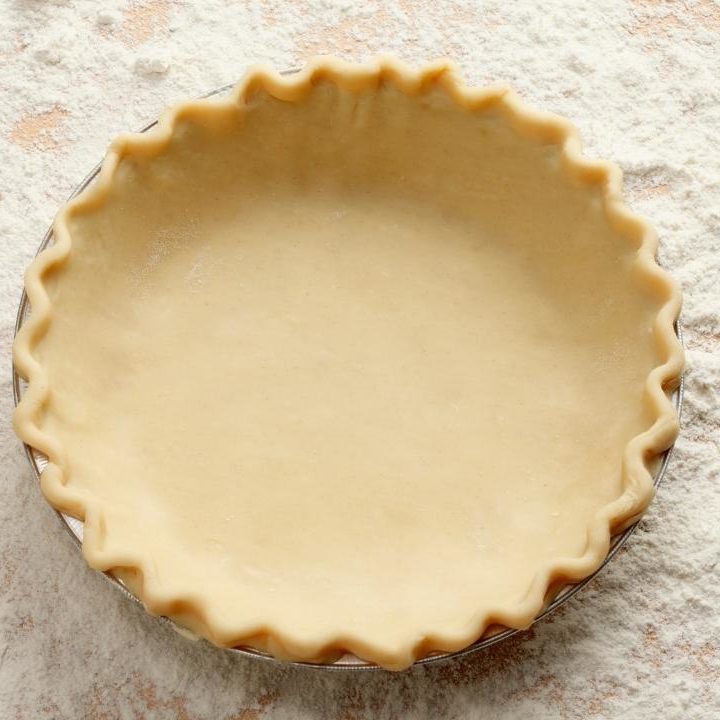How to Knead Dough by Hand
5.0
(2)
Your folders
Your folders
Prep Time: 10 minutes
Total: 10 minutes
Servings: 1
Author : Sally

Ingredients
Export 2 ingredients for grocery delivery
Instructions
Step 1
Lightly flour your hands, work surface, and dough. Using the heels of your hands, gently push the dough away from you in a rocking motion, alternating hands as you go. You want to put some energy into it, to really stretch out the dough. The dough may get sticky as you knead, and that’s fine. Just sprinkle a little more flour on your hands. Do not add any more flour than you really need—use just enough to prevent it from sticking too much to your hands and work surface. Dough should still feel a little tacky.
Step 2
As you knead, you’ll start to feel the texture of the dough change; it will begin to smooth out and feel softer and more elastic. The length of time a dough requires kneading depends on the recipe. Some doughs take just 3–5 minutes, while others can take up to 10–15 minutes. For those longer knead times, if your arms are getting tired and you have a stand mixer, feel free to pop the dough into your stand mixer bowl and use the mixer’s dough hook attachment for a few minutes to give your hands a break.
Step 3
There are 2 ways to check whether the dough has been kneaded enough and is ready to rise, and you can use either or both. The first way to check is to simply poke the dough with your finger. If the dough bounces back without sticking to your finger, it’s been kneaded enough. If it doesn’t, you need to keep kneading. The second way to check is something called the “windowpane test.” Tear off a small (roughly golfball-size) piece of dough and gently stretch it out until it’s thin enough for light to pass through it. Hold it up to a window or light. Does light pass through the stretched dough without the dough tearing first? If so, your dough has been kneaded long enough and is ready to rise per your recipe’s instructions (such as sandwich bread). If not, keep kneading.
Top similar recipes
Curated for youYour folders

 324 views
324 viewsHow to Hand Stretch Pizza Dough
thepracticalkitchen.com
5.0
(3)
7 minutes
Your folders

 547 views
547 viewsHow to Make Fresh Tagliatelle by Ha...
pastaevangelists.com
10 minutes
Your folders

 225 views
225 viewsHow to Make Patriotic Bows by Hand
howtomakewreaths.com
Your folders

 144 views
144 viewsHow to shred cabbage (food processo...
radfoodie.com
5.0
(2)
Your folders

 279 views
279 viewsHow to Proof Dough
culinaryhill.com
5.0
(4)
Your folders

 177 views
177 viewsChallah by Hand
marthastewart.com
Your folders

 289 views
289 viewsHow To Make Hand-Painted Mugs
thecountrychiccottage.net
Your folders

 1197 views
1197 viewsNo-Knead Pizza Dough
biggerbolderbaking.com
4.7
(468)
10 minutes
Your folders

 235 views
235 viewsNo Knead Pizza Dough
handletheheat.com
4.8
(4)
Your folders

 443 views
443 viewsNo-Knead Brioche Dough
biggerbolderbaking.com
4.7
(51)
30 minutes
Your folders
:max_bytes(150000):strip_icc()/88168636-589cb66a3df78c47581a3a3c.jpg)
 304 views
304 viewsNo-Knead Pizza Dough
thespruceeats.com
Your folders

 353 views
353 viewsNo-Knead Pizza Dough
handletheheatstage.kinsta.cloud
4.9
(44)
Your folders

 230 views
230 viewsHow To Freeze Pizza Dough
thekitchn.com
4.7
(7)
Your folders

 338 views
338 viewsHow to Freeze Pizza Dough
natashaskitchen.com
5.0
(6)
Your folders

 617 views
617 viewsHow To Make Empanada Dough
giftofhospitality.com
3.8
(38)
30 minutes
Your folders

 214 views
214 viewsHow to Whiten Salt Dough
domesticallyblissful.com
Your folders

 349 views
349 viewsHow to Freeze Cookie Dough
handletheheat.com
5.0
(9)
Your folders

 435 views
435 viewsHow To Make Pizza Dough
delish.com
4.3
(12)
Your folders

 248 views
248 viewsHow to Freeze Pie Dough
goodlifeeats.com
5.0
(3)